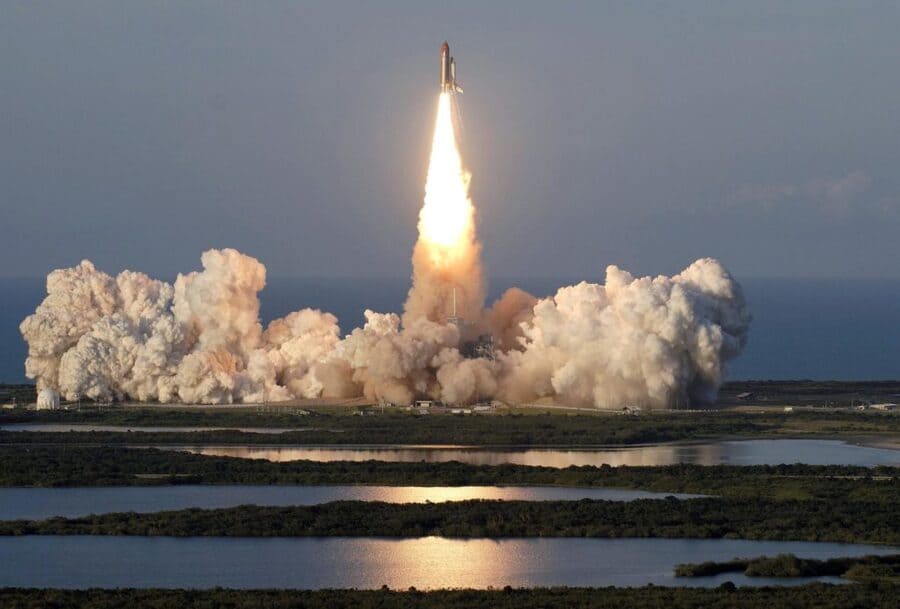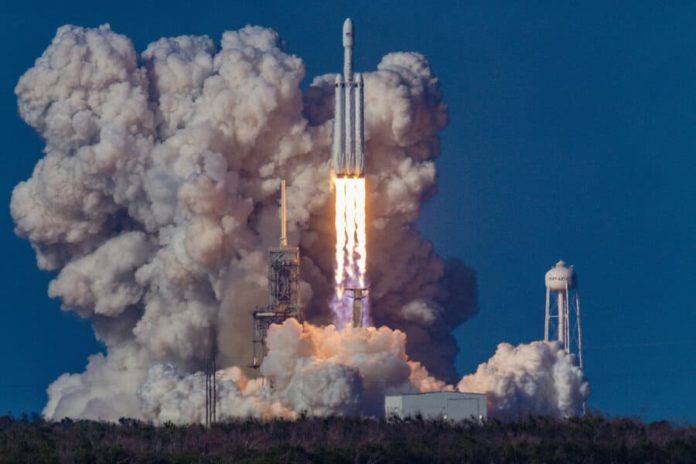Space exploration is the stuff of dreams, with rocket launches symbolizing humanity’s quest to reach the stars. But have you ever paused to think about the environmental footprint left by these awe-inspiring liftoffs? As we send more rockets into space, understanding their environmental impact becomes crucial. Let’s dive into the various ways rocket launches affect our planet.
History of rocket launches
Rocket launches have come a long way since the early days of space exploration. The Space Race of the 1960s sparked significant advancements, leading to the Apollo missions and the first moon landing. Since then, rocket technology has evolved, with private companies like SpaceX pushing the boundaries even further. But with this progress comes a hefty environmental cost that we need to consider.
Types of rockets and their fuels
Rockets come in different shapes and sizes, but they generally fall into three categories based on their fuel types: solid, liquid, and hybrid.
Solid-fuel rockets are reliable and relatively simple to manufacture. They use a mixture of fuel and oxidizer that is solid at room temperature. However, they release a significant amount of harmful emissions, including particulates and gases that can impact the environment.
Liquid-fuel rockets use liquid propellants like liquid hydrogen and liquid oxygen. They are more efficient than solid-fuel rockets and can be controlled more precisely. Despite these advantages, they still produce emissions that contribute to atmospheric pollution and other environmental issues.
Hybrid rockets combine elements of both solid and liquid rockets. They offer some benefits in terms of performance and safety, but like their counterparts, they also contribute to environmental degradation.
Emissions from rocket launches
Rockets spew out a cocktail of emissions that can have various environmental impacts.
Rocket launches release carbon dioxide, a well-known greenhouse gas. While the total CO2 emissions from rockets are relatively small compared to global emissions from other sources, they still add to the cumulative effect of climate change.
Black carbon, or soot, is another significant emission from rockets. This particulate matter can absorb sunlight and heat the atmosphere, contributing to global warming. It’s particularly concerning because it can stay in the stratosphere for a long time, affecting climate patterns.
Some rockets release chlorine and other chemicals that can deplete the ozone layer. The depletion of the ozone layer leads to increased UV radiation reaching the Earth’s surface, posing risks to human health and ecosystems.
Impact on the ozone layer
The ozone layer is crucial for protecting life on Earth from harmful ultraviolet radiation. Rocket emissions can contribute to its depletion.
Rockets that use certain types of propellants release ozone-depleting substances, including chlorine and bromine compounds. These substances can catalyze reactions that break down ozone molecules in the stratosphere.
The long-term effects of rocket launches on the ozone layer are still being studied, but the potential for significant damage exists. Continuous monitoring and research are essential to understand and mitigate these impacts.

Particulate matter and atmospheric pollution
Rocket launches release various types of particulate matter into the atmosphere.
These particulates include soot, metal particles, and other debris. They can affect air quality and contribute to atmospheric pollution.
Particulate matter from rocket launches can deteriorate air quality, posing health risks to humans and animals. It can also have broader environmental impacts, such as altering weather patterns and affecting climate.
Water contamination and marine life
Rockets often end up in oceans or other water bodies, leading to contamination.
Spent rocket stages and other debris can fall into the ocean, creating pollution. This debris can harm marine life, either through physical impact or by introducing toxic substances into the water.
Chemicals from rocket launches can run off into rivers, lakes, and oceans, affecting water quality. This contamination can have devastating effects on aquatic ecosystems and the species that depend on them.
Noise pollution
Rocket launches are loud, producing noise levels that can be disruptive.
The noise from rocket launches can reach up to 200 decibels, much louder than a jet engine. This noise can be heard for miles around the launch site.
The intense noise can disturb wildlife, causing stress and disorientation. It can also affect nearby human communities, leading to potential health issues such as hearing loss and sleep disturbances.
Space debris
As we continue to explore space, the amount of debris in orbit around Earth grows.
Space debris includes defunct satellites, spent rocket stages, and fragments from collisions. This debris can pose risks to both current and future space missions.
Space debris can collide with operational satellites and spacecraft, potentially causing damage or destruction. This debris also poses a risk to astronauts during spacewalks and other missions.
Climate change implications
Rocket launches contribute to climate change in several ways.
Emissions from rocket launches, including CO2 and black carbon, contribute to global warming. These emissions can have a warming effect on the atmosphere, leading to changes in climate patterns.
The long-term climate effects of rocket launches are still being researched, but it’s clear that they play a role in the broader issue of climate change. Addressing these impacts will be crucial as we continue to explore space.
Mitigation efforts by space agencies
Space agencies are aware of the environmental impact of rocket launches and are taking steps to mitigate these effects.
NASA has implemented several policies aimed at reducing the environmental impact of its launches. These include developing more efficient rocket technologies and investing in research on sustainable fuels.
The European Space Agency (ESA) is also committed to sustainability. It has launched initiatives to minimize the environmental footprint of its missions, such as using eco-friendly materials and exploring alternative propellants.
Innovations in sustainable rocket technology
Innovations in rocket technology are paving the way for more sustainable space exploration.
Reusable rockets, like those developed by SpaceX, are a significant step forward. By reusing rocket stages, we can reduce the amount of debris and the need for new materials, lowering the overall environmental impact.
Researchers are exploring alternative fuels that are less harmful to the environment. These include biofuels and synthetic fuels that produce fewer emissions compared to traditional rocket propellants.
Regulations and international agreements
Regulations and international cooperation are essential for managing the environmental impact of rocket launches.
There are currently some regulations in place to control rocket emissions, but they vary by country. These regulations aim to limit the release of harmful substances and encourage the development of cleaner technologies.
Future international cooperation will be crucial in addressing the environmental impact of space exploration. By working together, countries can develop unified standards and share best practices for sustainable space travel.
The future of rocket launches
The future of rocket launches looks promising, with exciting advancements on the horizon.
Trends such as commercial space travel and missions to Mars are pushing the boundaries of what’s possible. However, these advancements must be balanced with environmental considerations to ensure sustainable exploration.
As we look to the future, it’s essential to balance our desire for space exploration with the need to protect our planet. This means investing in sustainable technologies and continuing to research the environmental impacts of rocket launches.
Rocket launches have a significant environmental impact, from emissions that contribute to climate change to debris that pollutes our oceans and atmosphere. However, with continued innovation and international cooperation, we can mitigate these effects and ensure that our journey to the stars doesn’t come at the expense of our home planet. Sustainable space exploration is not just a possibility; it’s a necessity.













